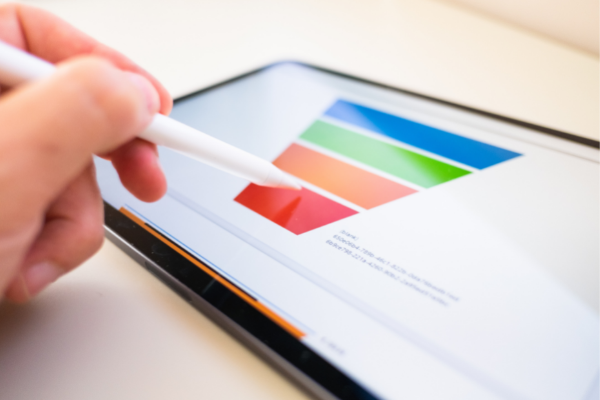One of the biggest advantages to our digital world is the virtually instant access to audiences that would traditionally never be accessible by your small business if it relied solely on word of mouth, newspaper, geographical location, etc. Those three examples are what small businesses may have used in an era when digital content didn’t exist and definitely didn’t reach across the globe. However, with advances in technology (thankfully for the marketing world) gone are the days of handing out flyers, bidding for television ads, and hoping that your Aunt Sue explains your business the right way to her knitting friends.
So what’s next? You have a wealth of digital resources at your fingertips, but no real starting point, and as a small business, you may not know exactly how to market your product to the audience that will convert from lookers to bookers. These “bookers” are your leads… leads for sales, additional marketing by word of mouth or testimonials, committers, the list of synonyms goes on and on.
The basis of it, though? These are the type of people you want to come across your content because they will stop their scroll to commit time and interest, which gives you an opening to seal the deal. I’m sure you’re wondering how to find more of these committed leads, which leads us into the purpose of this blog - to detail for you what lead generation is, how to use different channels to create leads for your business, and how to partner with tenured marketing professionals so you make the most out of your investment.
What is lead generation?
Lead generation in the simplest of terms is capturing the attention of strangers online and transforming them into business prospects (buyers) and eventually, promoters of the product or service. By utilizing this marketing process to capture the interest of potential customers, you can take the time to nurture targets that you know are more likely to commit until they are ready to buy. Rather than spending money left and right on campaigns and content that may not stick, lead generation is a targeted strategy, allowing you to spend your money more wisely on less quantity, but more quality efforts.
How to acquire leads in the digital marketing world
After reading through the previous definition of lead generation, you’re probably starting to see that the strategy itself is not as cut and dry as it may originally appear. Within lead generation, there are two methods for lead acquisition: B2B (business to business) and B2C (business to customer).
Let’s start with B2C. This is the direct selling from a business to an individual (AKA: customer). This method applies to any direct consumer selling, where the company is catching the attention of one buyer. For example, a customer purchases a product from an e-commerce website. The business successfully sold to the customer directly.
Next is B2B, which is a little more complex. Typically, B2B will require a longer selling cycle and a much more involved decision making process as the company which is buying, is doing so out of necessity for their business’s success. For example, a is company deciding which office furniture supplier to choose, in which case the furniture supplier (business) is selling to a business.
Now that you know the difference, and can determine which strategy best applies to your business, let’s dive into what channels can be utilized for lead generation.
Channels to utilize for lead generation
There are a multitude of channels to be used for lead generation, including but not limited to paid ads, content creation, partner marketing, and organic traffic (the big four we will discuss right now).
- Paid ads are a promotional method that will drive qualified lead generation. This form of media requires payment before being pushed out to your audience, but its utilization in tandem with organic traffic will help get the content to leads who you want to spend money on because they will commit. However, because the media is paid for, it targets those who have been searching for product/services similar to what you offer.
- Organic traffic works in tandem with paid ads because organic traffic is driven by individuals who end up at your website/social media based on other marketing and search engine optimization (SEO) efforts that are not paid for. The reason this works is because individuals looking for services/products similar to what you offer will use keywords and other data that can link your media to their searches.
- Content creation, whether that be blogs on a website, social media, a website, or ads, are critical to your company being seen and generating leads. Without content, consumers won’t have any reference points or examples of what you provide, making you virtually invisible in their digital world.
- Partner marketing is an umbrella term for several marketing strategies, which all rely on the collaboration between related, yet non-competing brands. A few examples are affiliate linking where one brand will link to the other and make a percentage of the sale, content partnerships where the brands can work together to create content, loyalty partnerships where one brand offers discounts on their products/services within the other brand’s loyalty program, and the list goes on. This is a great way to utilize another brand to slingshot yours into the spotlight, especially if they have an established audience.
Based on all that we laid out above, it’s easy to see why you should work with tenured marketing professionals (that’s us). We will work with you to make sure your marketing spend is allocated properly in order to optimize on your lead generation investment. Not only would we make sure your money is spent wisely, we can also set you up for marketing success as your business grows and evolves. Schedule your FREE consultation today so we can help you gain leads in the digital world.

.jpeg)



